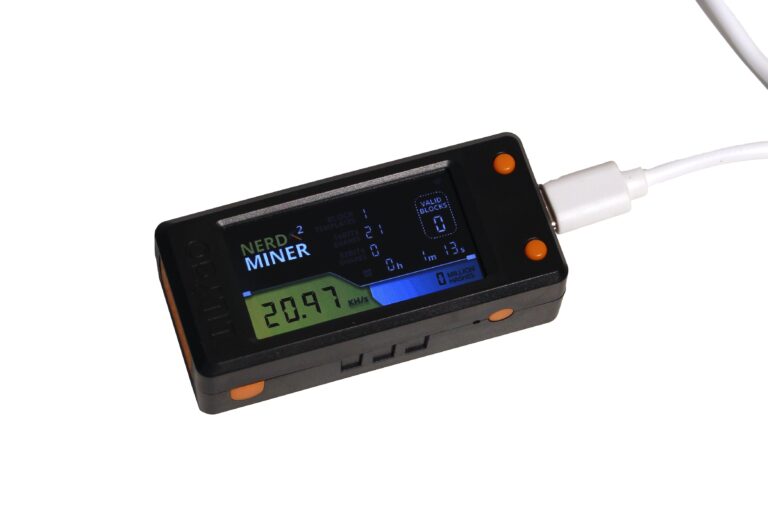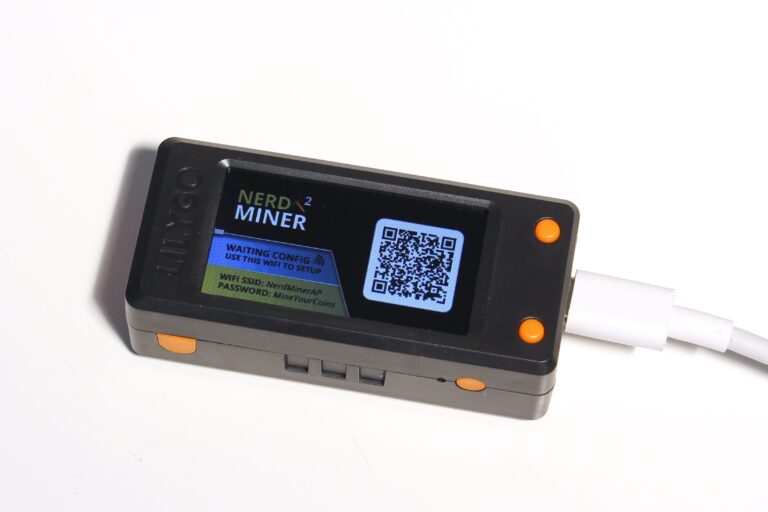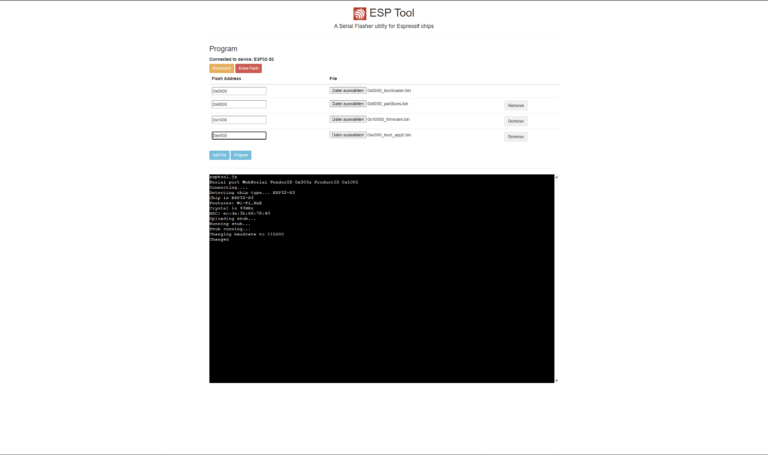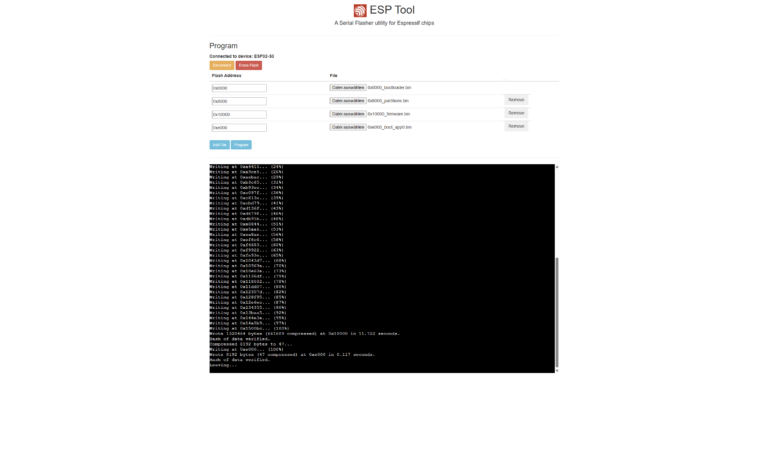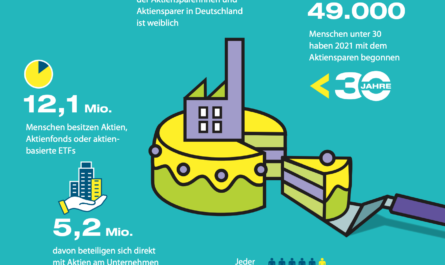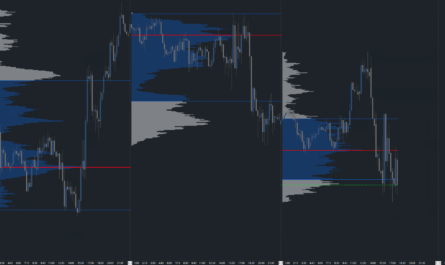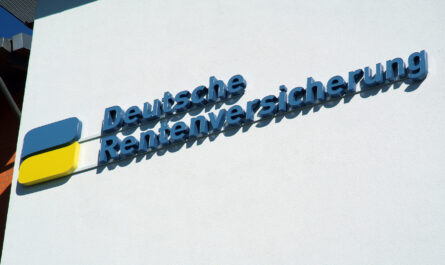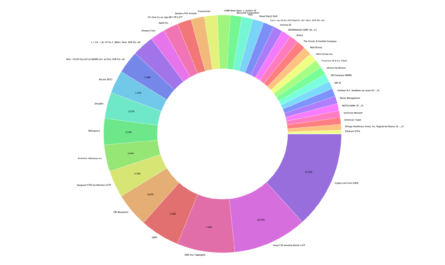It’s a billion-dollar business for the state, but it’s still the dream of many people: simply filling out a lottery ticket and playing it regularly over a period of years, so that at some point they not only collect a small amount, but emerge as a lottery millionaire with several million euros. In the last year 187 humans could count themselves to this group of persons country widely nevertheless with the nationally permitted Lotterien. On average, at least three people per week became new millionaires. In total, the players spent a proud 7.97 billion euros.
Once again, the classic 6aus49 lottery accounted for the largest share of sales, at around EUR 3.84 billion. Almost 200 new lottery millionaires within just one year may sound like a lot at first, but this is offset by 7.12 million people who play regularly – a large number compared with the small number of lottery millionaires. The actual chance of winning is even more sobering, because with six correct numbers and the correct super number at the same time, the chance is only 1:139,838,160, or about 1:140 million. The probability is about the same as rolling a 6 10.5 times in a row, or drawing a hair out of 100 people correctly.
A normal lottery ticket consists of twelve betting fields and costs 14.40 euros for a draw in addition to the respective processing fee for the state lottery company. Tickets can always be submitted for Saturday and Wednesday. Anyone who wants to play four times in a row on both draw days and thus for about a month thus pays 115.20 euros plus the dependent processing fee – not exactly a bargain.
The alternative: solo mining with a hobby computer
If you want to earn a lot of money with likewise quite little work, but much lower costs and a similar chance of profit, we recommend taking a look at solo mining of Bitcoin with a small, very economical device. One such is BitMaker’s Project NerdMiner, which, in conjunction with an inexpensive developer board, a small display and a case, costs just 30 euros to purchase and generates not even 5 euros a year in electricity costs despite continuous operation.
Theoretically, you have the opportunity to earn 6.25 Bitcoin every ten minutes on average until the next halving. At a current exchange rate of around 25,000 US dollars, this corresponds to almost 160,000 US dollars. The small miner is powered via USB-C and achieves a hashrate of about 22 KH/s, which means that 600 shares can be generated per hour.
Of course, this is much too slow for connecting to a mining pool. In solo operation, however, you can be quite lucky to find a valid block at some point and get paid by the Bitcoin network. The motto here is: Either you get 6.25 BTC or you go empty-handed.
In fact, the latter is more likely to be true, because with a computing power of only 0.022 MH/s, it would take a proud 342 billion years to find a block at the current difficulty of 52.35 T. So you need a lot of staying power or a lot of luck. It is like playing the lottery – lottery mining.
Chance of 6.25 BTC every ten minutes
The NerdMiner v2 is an OpenSource project and initially consists of a T-Display-S3 including ESP32-S3-TTGO development board from LILYGO, which is offered including a small case for about 30 Euros on Amazon and usually comes directly from China, which means shipping can take a few days. However, the parts can also be purchased separately at Aliexpress.
Then, the NerdMiner V2 software has to be installed via the USB-C connection, the connection to the Wi-Fi network has to be established, and the user’s Bitcoin wallet address has to be entered. The NerdMiner already starts its work.
The display then shows the current mining speed as well as the shares already achieved and the time. In a later firmware version, it will be possible to switch through different displays, which will then even allow the total computing power of the Bitcoin network, the current block time or the temperature of the computing chip to be displayed and the code to be better matched to the hardware.
The project is still in its infancy, but can be easily implemented thanks to a large community.
Instructions for self-build
First, the NerdMiner V2 software must be downloaded from GitHub as a ZIP file and unpacked. Then, connect the developer board to a Windows system via a USB-C cable and open the ESPTool in the Chrome browser. Select the slowest speed (11520), load the four bin files (bootloader, partitions, firmware and boot_app0) from the bin directory of the ZIP file and adjust the flash addresses to those stored in the respective file name (0x000, 0x8000, 0x10000 and 0xe000). Clicking on “Program” will then start the transfer process to the NerdMiner.
After a few minutes and an automatic restart of the developer board, the only thing left to do in NerdMiner is to enter your own WLAN network and Bitcoin address. To do this, it is best to log in directly with your smartphone using the QR code that is shown on the NerdMiner display, or connect manually with the WLAN “NerdMinerAP” and the password “MineYourCoins”. On the automatically opened configuration page the data can be entered. After clicking on “Save” the NerdMiner restarts again and starts Bitcoin mining.
If at some point the zero becomes a one under “Valid Blocks”, 6.25 Bitcoin including the transaction fees are automatically transferred to the deposited Bitcoin address. However, the chances of this happening are very poor, just like in the lottery – but you support the Bitcoin network and are thus a part of it. Win-Win!
- 【T-Display S3】Flash: 16 MB, PSRAM: 8 MB
- 【Besonderheiten】Produkt verschweißt mit schwarzem Gehäuse
- 【Weitere Informationen】github.com/Xinyuan-LilyGO/T-Display-S3
- 【Programmierschritt】Detaillierte Programmierschritte für das T-Display S3 entnehmen Sie bitte dem Video: youtu.be/8uFAKa5bIyg
- 【Aftermarket】Bitte kontaktieren Sie uns, wenn Sie Fragen oder Anregungen haben.
Letzte Aktualisierung am 2024-07-21 at 23:08 / Affiliate Links / Bilder von der Amazon Product Advertising API

